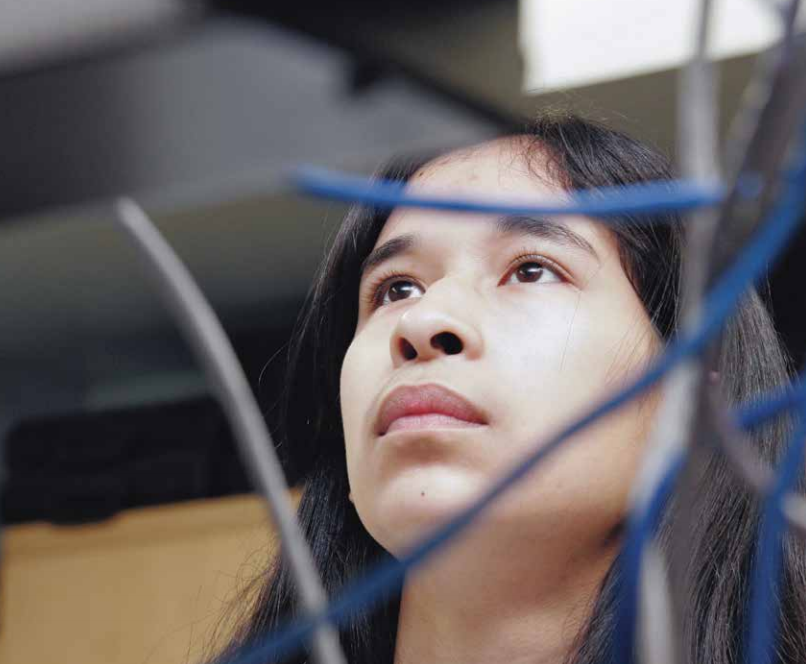
How Californians determine school quality is shifting dramatically with the most significant education policy changes the state has seen in decades. The policies affect everything from school funding to classroom instruction to how learning is assessed. At the heart of these new policies is the recognition that schools must prepare all students for college and careers and that the single-test-score assessments used under the No Child Left Behind Act must be replaced by assessments that measure the well-rounded and sophisticated thinking modern employers are seeking.
In this new climate, school and district staff must consider a range of critical questions: How well are students being prepared for careers as well as college? Are districts offering high-quality programs of study that deliver these skills? Are assessments focusing on 21st century skills? Are we using the right assessments to measure what students can do?
Research released today proposes effective approaches that policymakers and administrators can use to address these new questions and priorities. The report also proposes ways that student accomplishments illustrating career readiness can be included in graduation standards and conveyed to prospective colleges and employers.
The report, Recognizing College and Career Readiness in the California School Accountability System, was released by the Stanford Center for Opportunity Policy in Education and is authored by Soung Bae, SCOPE Research and Policy Analyst, and Linda Darling-Hammond, Stanford University Charles E. Ducommun Professor of Education and faculty director of SCOPE.
"Education policy often operates with a false dichotomy of preparation for college or career," said Darling-Hammond. "For students to succeed in the knowledge-based society they will enter, they need to be able to connect their learning to real world situations, use critical thinking, complex problem solving, inquiry, communication, and collaboration — the 21st century skills and dispositions that today’s employers seek. Mastery of these skills must be determined through more advanced and informative assessments."
The report points to high-quality pathways that have effectively integrated career and academic learning for students, including Linked Learning pathways, the National Academy Foundation career academies, California Partnership Academies, and some of the state’s Regional Occupational Centers and Programs.
“Given that our state is increasingly recognizing the symbiotic connections needed between schools and employers, determining how to incorporate career readiness for accountability purposes should not be daunting,” said Christopher Cabaldon, Executive Director of the Linked Learning Alliance. “While there is no single, perfectly precise way to measure how prepared all students are for college and career, there are a number of very good and available options that can tell us a lot about students’ career and college readiness. This new research highlights a number of options that California should start using for accountability purposes that provide valuable feedback to our schools, our communities, and our students.”
Among its recommendations, the report identifies three types of performance indicators that should be included in district Local Control and Accountability Plans (the three-year budget and academic plans that are guiding priorities and accountability reporting for schools and districts in California):
The report also recommends that California rethink how graduation expectations and transcripts are designed so that students' college and career-ready skills and accomplishments can be more effectively communicated to and considered by colleges and employers Such indicators of achievement can include:
For more information, including a PowerPoint and Policy Brief, please visit the SCOPE website.
Subscribe to our monthly newsletter.